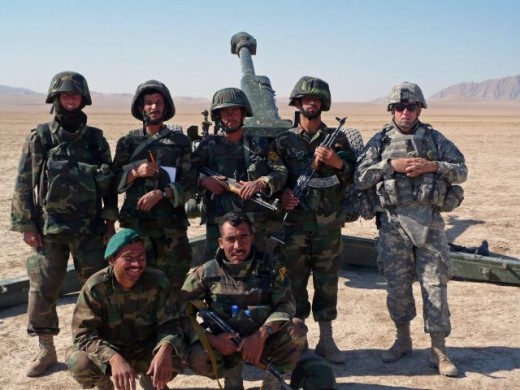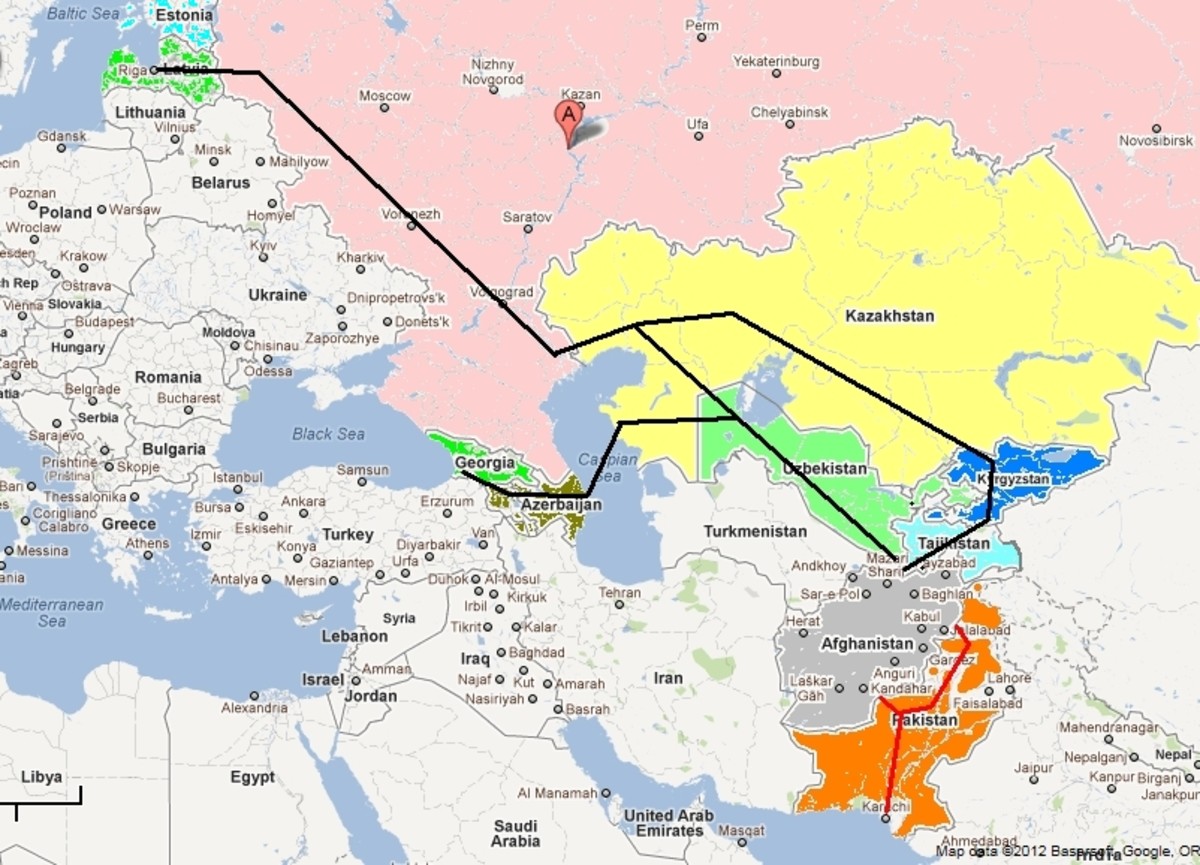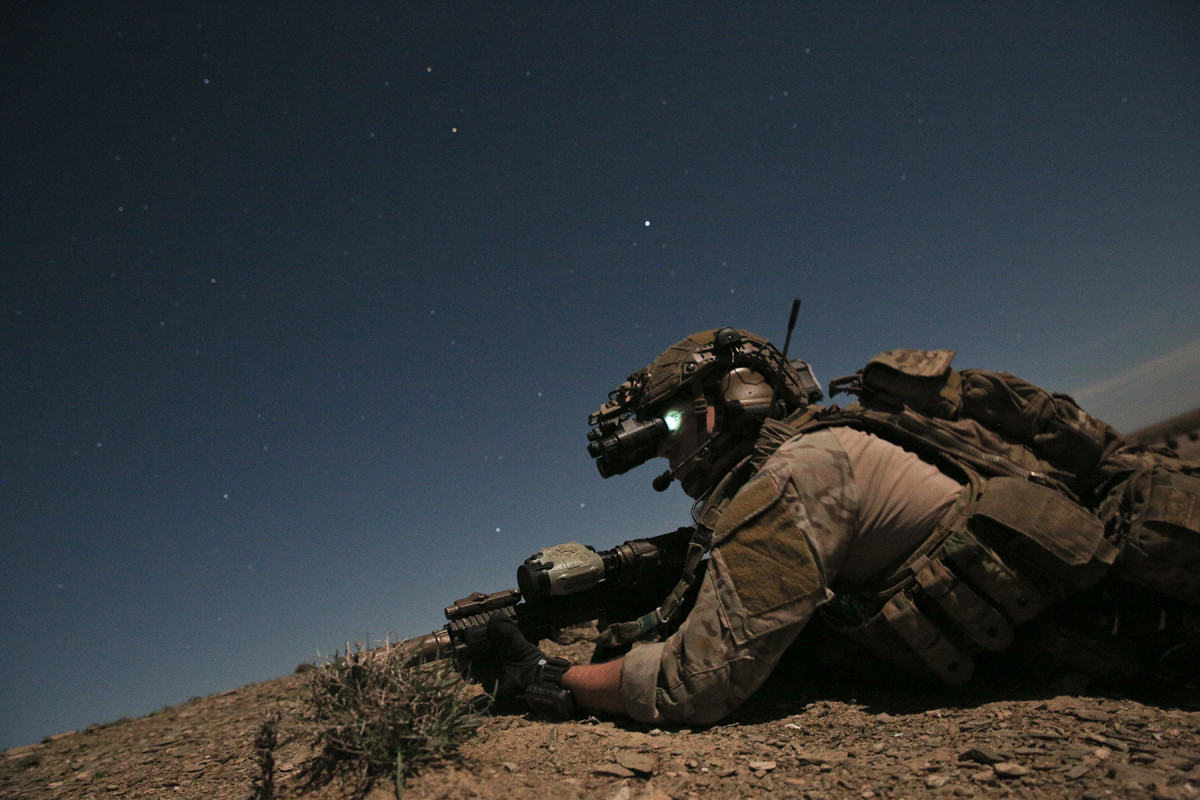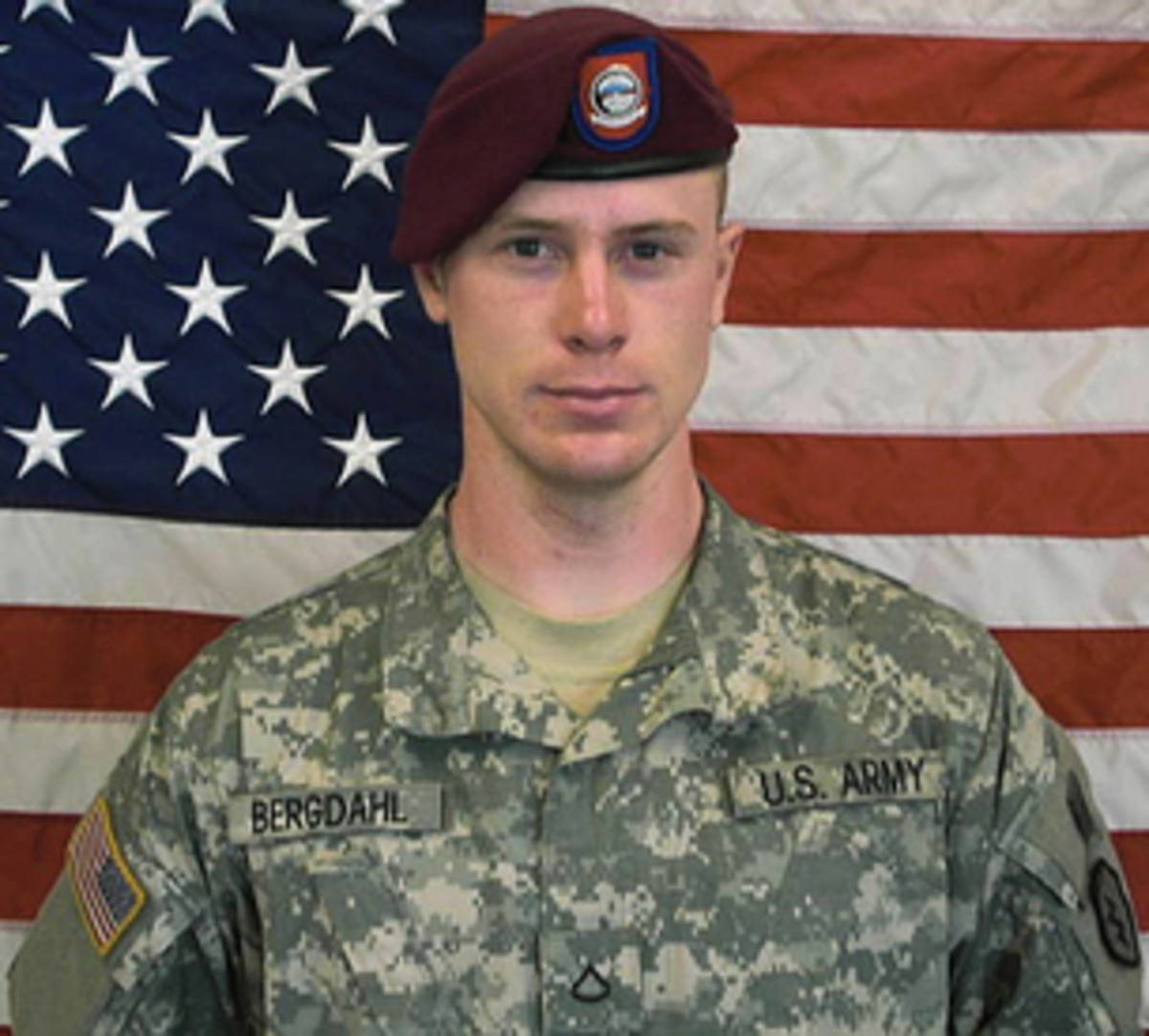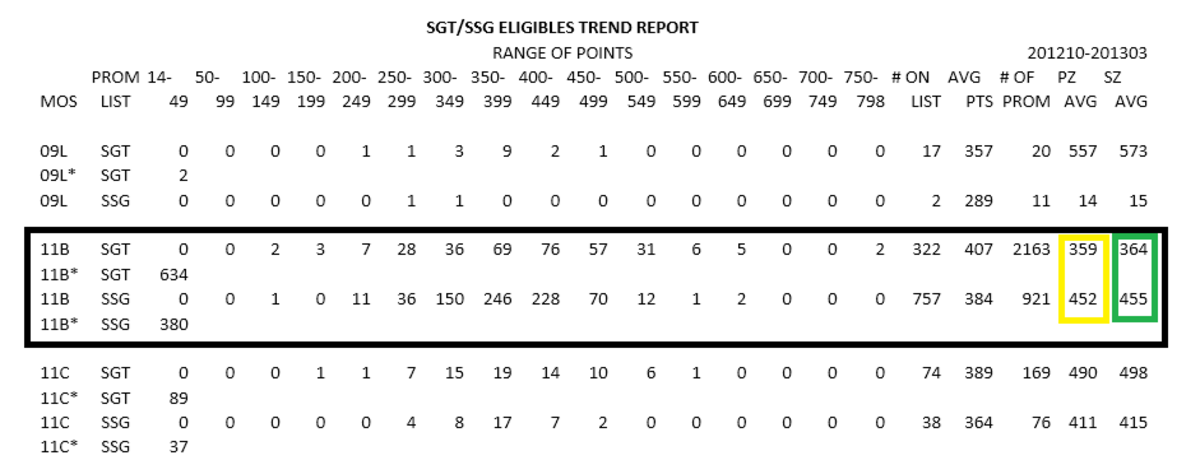PMESII Analysis Afghanistan June 2010 Military Analysis
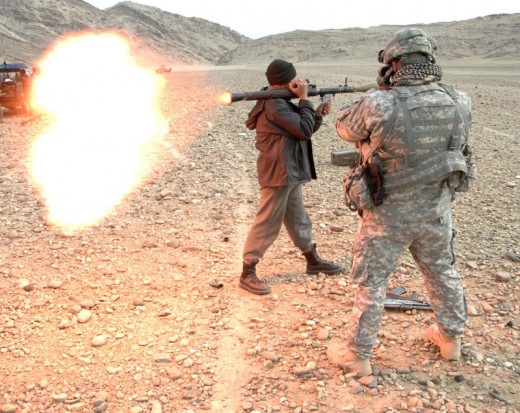
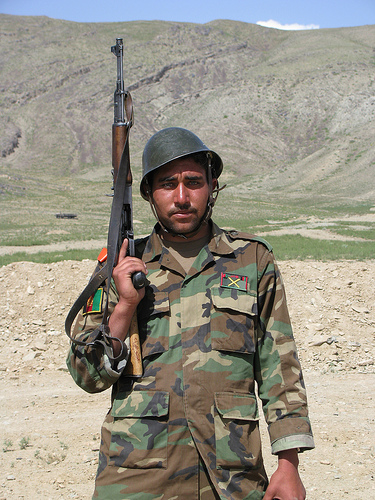
There has been a recent increase in Taliban attacks that are becoming more sophisticated and tactically proficient. Concurrently there are Coalition military operations that are working to neutralize the Taliban’s presence in more densely populated areas.
Nine years into the war, the Taliban are starting to exhibit more complex attacks than they had previously. It is believed that the Haqqani network is believed to be conducting training camps and teaching more advanced tactics and strategy to foreign fighters before they conduct operations in Afghanistan.
Between the tenures of McChrystal and Petraeus, there was an increase of Taliban activity. There was an offensive operation in Kunar led by ANA, an attack on the NATO airfield near Jalalabad, a bombing of a USAID contractor in Kunduz and Coalition. There is also an offensive operation targeting Al Qaeda and the Taliban in Kandahar scheduled that has been postponed until September.
Sunday, June 27, 2010: The ANA took the lead on an offensive operation contributing around 60% of the about 700 troops that attempted to flush out insurgents with Al Qaeda connections in the Marawara District of Kunar Province, Afghanistan. The mission intent was to destroy a growing safe haven for insurgents and stem increasing violence. Troops flew in Sunday Morning on Black Hawks before dawn to maintain the element of surprise and had the tactical advantage of the high ground before. The Afghan Taliban fighters were hosting some Pakistani Taliban (who are said to be only loosely affiliated with the Afghan Taliban) that had retreated from their territory in Pakistan to escape a Pakistani Army attack east of the AFPAK border. It is estimated that up to 250 insurgents were in the area and there had been a notably steady increase of attacks in the area using roadside bombs, RPGs and mortars. As the attack progressed, as many as other insurgents attempted to enter the battle indicating a real time communication platform used uniformly across different elements that may be more closely-knit than previously thought. The operation was wrapped up by early Monday morning with 150 insurgents dead and 3 Coalition Forces killed,[1] 2 American and 1 ANA.
Prior to this operation, Coalition Forces had been shifting their efforts more towards larger population centers providing better security for smaller areas. This however, left uninhabited areas unpatrolled creating an opportunity for insurgents to infiltrate the area unabated.[2] Afghan officials had been complaining for several weeks that the Afghan Taliban, which traditionally has been strongest in Kandahar and Helmand provinces in the south, had been infiltrating the Kunar province as part of an effort to open a second front.[3]
Wednesday, June 30, 2010: According to NATO Spokesman, Brigadier General Josef Blotz, A NATO Airfield was attacked from different directions by Taliban at 0730 local time (0300 GMT) with a Vehicle Borne Improvised Explosive Device (VBIED) Rocket Propelled Grenades (RPGs). Also Taliban spokesman Zabiullah Mujahid said six suicide attackers had taken part in the assault (assuming he meant suicide bombers). Casualties were only 8 Taliban killed in the assault and no deaths on the NATO side of the perimeter, though unspecified wounds were sustained by an Afghan National Army Soldier and a Coalition Forces Soldier. However, the attack was repelled and the base perimeter was not breached. More complex tactics show that Taliban becoming more advanced and favoring more sophisticated assaults. This may be indicative of Haqqani training camps in Pakistan throughout Waziristan and the Federally Administered Tribal Area (FATA) being used more effectively while ineffective border control is allowing these tactically trained insurgents into Afghanistan.
Friday, July 02, 2010: Six suicide bombers targeted the office of Development Alternatives in Kunduz, Afghanistan. Five people were killed, a German, a Filipino and a Briton and two Afghans. ANP stated that 20 other victims were injured. Reports indicate that the first suicide attacker detonated at the entrance, the second detonated inside the premises, killing one foreign national. Gunshots could be heard from inside the compound and smoke billowed from the building, which was then surrounded by NATO and Afghan forces. Taliban spokesman Zabiullah Mujahid claimed responsibility for the attack saying, "This morning six Taliban suicide bombers attacked the United States development organization branch." Development Alternatives is a USAID contractor which provides social and economic development assistance in developing countries. It has been in Kunduz for the past few months.
ANALYSIS
Taliban Attacks are increasing in sophistication and complexity and they are becoming more emboldened as can be seen by their increasing concentration and activity in Marawara District of Kunar Province. Tactics are evolving to include waves or phases as can be seen by the attacks on the NATO Airbase or the use of multiple suicide bombers at the USAID building. The Taliban are also exhibiting the ability to “shoot move and communicate” as can be seen by the nearly 200 insurgents reported to be loosely affiliated but were still able to counter an offensive mission that had the element of surprise and took over 24 hours with a ratio of 2 assaulting CF to every 1 Talib. The fact that they chose to respond offensively and continued the assault rather than “shoot and scoot” disappearing into the local populous indicates a change—albeit localized—in their usual modus operandi.
It should also be noted that the ANA are demonstrating increased competence. They were able to repel the attack on the NATO Airbase and they were primarily responsible for the planning of the Kunar operation and provided 60% of the boots on ground. They were also working with NATO in response to the USAID bombing.
June has come to be the deadliest month of the war for NATO troops with at least 93 killed, 56 of whom, were American. For U.S. troops, this was the deadliest month since October 2009, with a total of 59 deaths.[4] According to Major General John Campbell, “The Taliban know we are bringing our surge of forces, and they realize they can’t just let that happen, so they are pursuing their own surge.”[5] Taliban attacks against those allied with the government or NATO forces have also surged. In the latest such violence, the headmaster of a high school in eastern Ghazni was beheaded by militants on Saturday, the Education Ministry said. A high school in the same district — Qarabagh — was set on fire the same day.[6]
ADDITIONAL RESOURCES
PMESII Analysis Political Aspects
PMESII Analysis Military Aspects
PMESII Analysis Economic Aspects
PMESII Analysis Social Aspects
PMESII Analysis Information & Infrastructure Aspects
Notes
[1] Jaffe, Greg. U.S. and Afghan forces launch major assault in eastern province of Konar. June 29, 2010. http://www.washingtonpost.com/wp-dyn/content/article/2010/06/28/AR2010062804376.html (accessed July 02, 2010).
[2] Roggio, Bill. Afghan, US forces launch offensive in Kunar . June 28, 2010. http://www.longwarjournal.org/archives/2010/06/afghan_us_forces_lau.php (accessed June 30, 2010).
[3] (Jaffe 2010)
[4] (MSNBC.com 2010)
[5] (Jaffe 2010)
[6] (MSNBC.com 2010)
